 |
| Toshihisa Iida, General Manager of Fujifilm’s Optical Device and Electronic Imaging Products Division, posing with the new medium-format GFX 50S. |
We’re at the CP+ 2017 show, in Yokohama Japan where Fujifilm is preparing to ship its long-awaited medium format GFX 50S.
We sat down with three Fujifilm executives, Toshihisa Iida, (general manager of Fujifilm’s Optical Device and Electronic Imaging Products Division), Makoto Oishi, (manager of Fujifilm’s Sales and Marketing Group, Optical Device and Electronic Imaging Products division), and Shinichiro Udono, (Senior Manager for the Sales and Marketing Group of the Optical Device and Electronic Imaging Division), to learn more about the GFX, some of the challenges of creating a medium-format system, and future plans for GX and X series development.
Now that the GFX is ready, and about to ship, this must be quite exciting for you.
Yes, absolutely. For the past four or five years we’ve been concentrating on the APS-C format, and a lot of people were asking us when we’d enter the larger format market. Once some time had passed, and we’d produced a good number of APS-C lenses, we started to look more seriously at large format to attract more customers. That was about two years ago.
 |
| The GFX 50S is a mirrorless medium-format camera built around a 43.8 X 32.9mm CMOS sensor. Although the camera borrows a lot of design cues from its smaller X Series cousins, the GFX offers a very different handling experience. Despite being based around such a large sensor, the combination of camera and 63mm prime lens is surprisingly lightweight and very well-balanced. |
Since the development announcement at Photokina we’ve received a lot of positive feedback from photographers. We started a program called the ‘GFX Challenge’, where we loaned GFX cameras to photographers from various fields, in order to get feedback. Based on that feedback we refined the camera’s software. Now that we’re almost ready to ship, I can’t wait to get feedback from customers.
What kind of changes resulted from the Challenge feedback?
Most feedback was more or less as we’d expected. Photographers were surprised by how small and light the camera was. We made a few changes on the firmware side, mostly small refinements, like how the dials work, for example, to make it less likely that you’ll make an accidental control input (etc.)
What were the biggest technical challenges that you faced when moving from APS-C to medium format?
The sensor size is 4X as large, so speed and responsiveness were two major challenges. Readout speed, processing and autofocus.
 |
| Makoto Oishi shows off the 50MP medium-format sensor used in the GFX 50S. |
The GFX does not offer phase-detection – are the lenses designed to support this in the future?
Yes, definitely.
You’re joining Ricoh in the medium format market, and some long-established brands like Hasselblad and Phase One. Are you expecting other manufacturers to enter this market too?
We don’t know. Obviously, the other brands are focusing on full-frame at the moment. Obviously though we’d welcome any brand that joins this category, because it will increase awareness, and help the category as a whole.
When you were planning a product like the GFX, did you come up with any predictions about the growth of the medium-format market?
At the moment we’re just focusing on making the best product we can. We hope that the GFX will change how people view medium format, and this will help to grow the entire category.
What’s your medium-term strategy for growth in this product line? Will there be longer product cycles, for instance?
Obviously the sales volume will be lower, so the product life cycle will probably be longer. But whenever we have the right combination of the right hardware, the right sensor and the right processor, we’ll introduce a new camera.
When you were planning the GFX, what kind of photographers did you have in mind?
After our experience with the GFX challenge, we actually see a much wider potential audience than we’d originally thought. It will depend on what kinds of lenses we introduce. For example, we didn’t think that street photographers would use medium format much, but [based on feedback] we hope that we can reach a broader audience.
You have a six-lens roadmap for GFX right now – how will this lineup evolve?
After the announcement of the GFX we started to get a lot of requests from photographers about other lenses. For example a lot of photographers are asking us for telephoto lenses, in the 200-300mm range. Nature photographers for example. Also people are asking for a wide-angle, like a 15mm equivalent, and an equivalent to the 70-200mm on full-frame.
 |
| Fujifilm’s recently updated lens roadmap for the APS-C X Series, including new lenses coming next year. We’re told that ultra-wide and fast tele lenses have been requested for the GFX platform, too. |
If you do develop those kinds of longer lenses, aimed at wildlife photographers, presumably the autofocus system will need to be able to keep up?
The autofocus algorithm in the GFX is the same as in the X Series, but performance is different. The readout speed of the sensor is critical, and that’s not the same. Compared to the X Series, the speed is more limited.
Is this something you’ll be working on in the future?
Yes absolutely.
When you started coming up with the concept for a medium format camera, did you ever consider using a non-mirrorless design?
When we started studying the possible design, we were aware that some of our customers wanted a rangefinder-style camera. ‘It’s a Fujifilm medium-format, it has to be a rangefinder!’ However, at least in our first-generation camera, we wanted to reach a wider audience. We concluded that a mirrorless design would be much more versatile. Mirrorless gives us more freedom, and more flexibility.
 |
| The GFX’s 50MP sensor is 4X larger than the APS-C sensors in Fujifilm’s X Series cameras. This entails a lot of extra processing power, which is one of the reasons why the GFX sensor has a conventional bayer pattern filter array. |
Was it easier, ultimately, to design around a mirrorless concept?
There are fewer mechanical parts, which is simpler. No mirror or pentaprism also means smaller size and weight.
Did you design this camera with the intention that customers could use adapted lenses from other systems?
Yes of course. We made the flange-back distance short enough to accommodate mount adapters for legacy lenses. We are making two adapters, one for H (Hasselblad) mount, and one for view cameras.
When will we begin to see mirrorless cameras take over the professional market?
There are several things that mirrorless manufacturers need to focus on. Number one is speed, still, to attract sports photographers. Also viewfinder blackout, we need to innovate there. Maybe one more processor and sensor generation should be enough to make mirrorless beat DSLRs in every respect.
By the time of the Tokyo 2020 olympics, will there be mirrorless cameras on the sidelines?
I think so, yes.
From Fujifilm?
Hopefully!
Can you tell us about the new Fujinon cine lenses that you’ve released?
Yesterday we announced new Fujinon cine lenses, in what we’re calling the ‘MK series. Fully manual zooms, and manual focus. Initially we’re introducing them in E-Mount versions, but X mount will follow. They’re designed to cover Super 35. The flange-back distance of E and X mount are very similar, so we can use the same optics.
 |
| The new Fujinon MK18-55mm T2.9 and 50-135mm T2.9 cover the Super 35 imaging area (~APS-C) and are being released in Sony E and Fujifilm X mount. |
We have an optical devices division, which markets broadcast and cinema lenses, and I really want to maximize synergies between the broadcast and photography divisions.
Fujinon is well-known in cinema lenses, but until now, the lenses have been very big and very expensive. But now we’re looking at a new kind of video customer, who’s getting into the market via mirrorless. Mostly they’re using SLR lenses, which aren’t perfect. So a lot of those customers are looking for more affordable cinema lenses.
Do you see most potential in the E-mount, for video?
Yes, we think so. But obviously we’re releasing these lenses in X-mount too, and increasing movie quality in the X Series is very important. Traditionally, Fujifilm has been more of a stills company, but when we introduced the X-T2, we had a lot of good feedback about the 4K video, especially about color. Of course we need to do more, and we need to develop more technology, but I think there’s a lot of potential.
 |
| For now, Fujifilm tells us that they see most potential in videographers using Sony’s E-mount mirrorless cameras, but the company has ambitious plans to expand the video functionality of its X Series range. |
Moving on to the X100F – what was the main feedback from X100T users, in terms of things that they wanted changed?
A lot of customers wanted improved one-handed operability. So we moved all the buttons to the right of the LCD, like the X-Pro 2. And the integrated ISO and shutter speed dial, for instance.
The lens remains unchanged – why is this?
We looked into whether we should change it, but it would have affected the size of the camera, and we concluded that the form-factor is one of the most important selling-points of the X100 series. Of course we evaluated the image quality, with the new 24MP sensor, but concluded that it was still good.
 |
| If it ain’t broke, don’t fix it. The X100F features the same 23mm F2 lens as its predecessors, but Fujifilm ran the numbers and saw no reason to update the lens for 24MP. We do wish there was a 28mm version, though. |
Do your customers ask you for an X100-series camera with a 28mm lens?
Yes, of course. That’s why we have the 28mm wide converter for the X100, and the X70. And there’s potential to expand the fixed-lens APS-C camera range more.
Will X-Trans continue in the next generation of APS-C sensors?
For APS-C, definitely. For the GFX format, we’ll probably continue with the conventional bayer pattern. If you try to put X-Trans into medium format, the processing gets complicated, and the benefit isn’t very big.
How big is the extra processing requirement for X-Trans compared to bayer?
X-Trans is a 6×6 filter arrangement, not 4×4, it’s something like a 20-30% increase in processing requirement.
Editor’s note:
It’s exciting to pick up and use a production-quality GFX 50S, after writing about it for so many months, and Fujifilm’s senior executives are understandably keen to get the camera in the hands of photographers. Due to ship in just a few days, the GFX looks like a hugely impressive product,. We’ll have to wait for Raw support to take a really detailed look at what the camera can do, but our early shooting suggests that image quality really is superb.
$ (document).ready(function() { SampleGalleryV2({“containerId”:”embeddedSampleGallery_3125129958″,”galleryId”:”3125129958″,”isEmbeddedWidget”:true,”standalone”:false,”selectedImageIndex”:0,”startInCommentsView”:false,”isMobile”:false}) });
It was interesting to learn a little about the feedback process, by which Fujifilm gathered notes, impressions, and suggestions from professional photographers after the launch of the GFX last year. The end result is a very nicely balanced camera, both literally (it’s surprisingly lightweight) and figuratively. Although obviously very different to the X series APS-C models, the GFX is simple to figure out, and easy to shoot with. When Mr Iida says that he hopes that ‘the GFX will change how people view medium format’, part of this comes down to handling.
It was also interesting to hear that Fujifilm considered other types of design for the GFX. Are there concept renderings somewhere of an SLR design, or a rangefinder? Probably. Will we ever see a medium-format SLR or mirrorless from Fujifilm? Personally, I wouldn’t be surprised if the company releases a rangefinder styled medium-format mirrorless. An X-Pro 2-style camera with a medium-format sensor and a hybrid viewfinder? Yes please.
For now though, the GFX is quite enough camera to be getting on with. Beyond medium-format, indeed beyond still imaging, Fujifilm is eyeing the video market. While Fujinon cine lenses have been popular in the film industry for decades, Mr Iida has his eye on a new generation of videographers, who are growing up using mirrorless cameras like Sony’s a7S and a7R-series. This makes sense, but it’s interesting that the new Fujinon zooms will also be manufactured in X mount versions. This level of confidence from Fujifilm in its X series’ video capabilities is good to see, and bodes well for future product development.
Articles: Digital Photography Review (dpreview.com)


















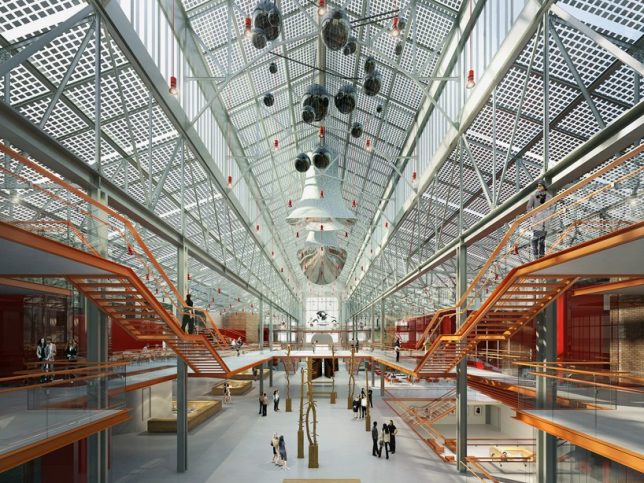







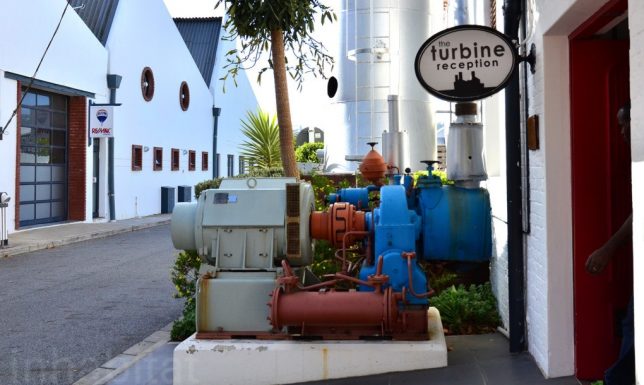
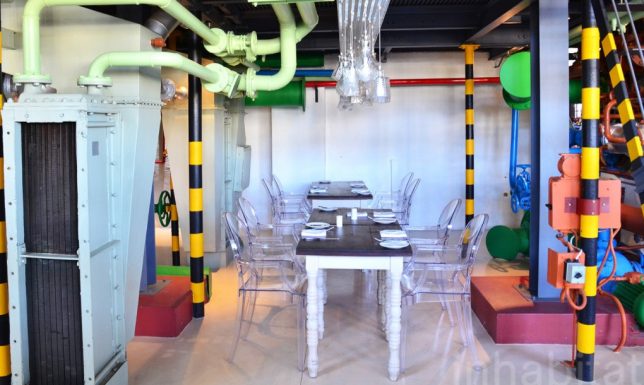






 Why Photographers Need To Adapt To Overcome Change
Why Photographers Need To Adapt To Overcome Change Before The Photographer: The Ins And Outs
Before The Photographer: The Ins And Outs Per Zennstrom’s Fashion Photography Tips
Per Zennstrom’s Fashion Photography Tips 4 Things To Consider Before Starting Your Portfolio
4 Things To Consider Before Starting Your Portfolio Speed Up Your Photography Site
Speed Up Your Photography Site Photography Magazines: Why Print Is Losing To The Internet
Photography Magazines: Why Print Is Losing To The Internet 6 Powerful Reasons Why All Photographers Need Facebook Pages
6 Powerful Reasons Why All Photographers Need Facebook Pages Make Your Online Portfolio Stand Out
Make Your Online Portfolio Stand Out




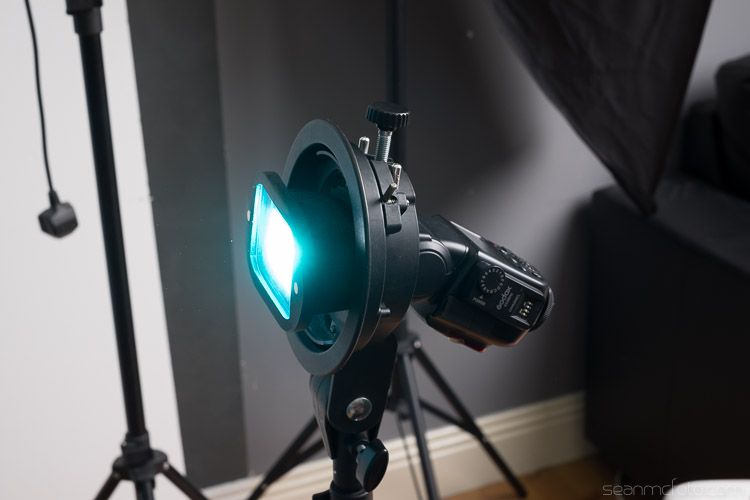
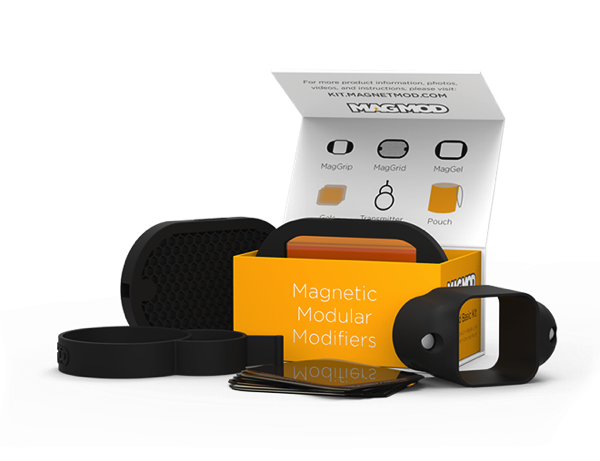
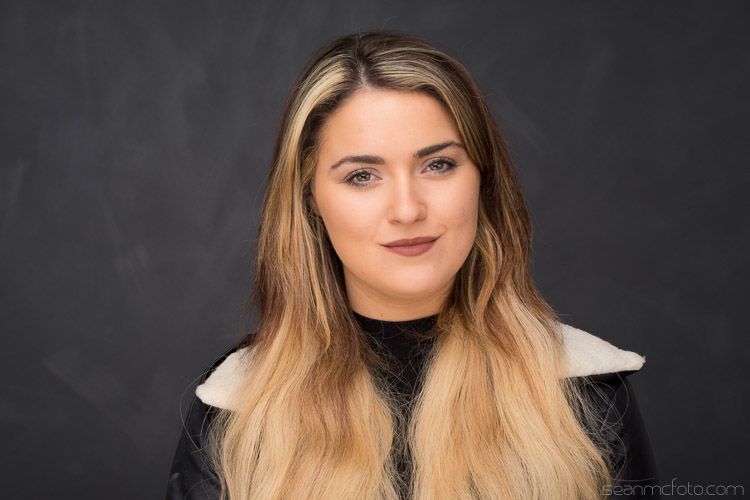


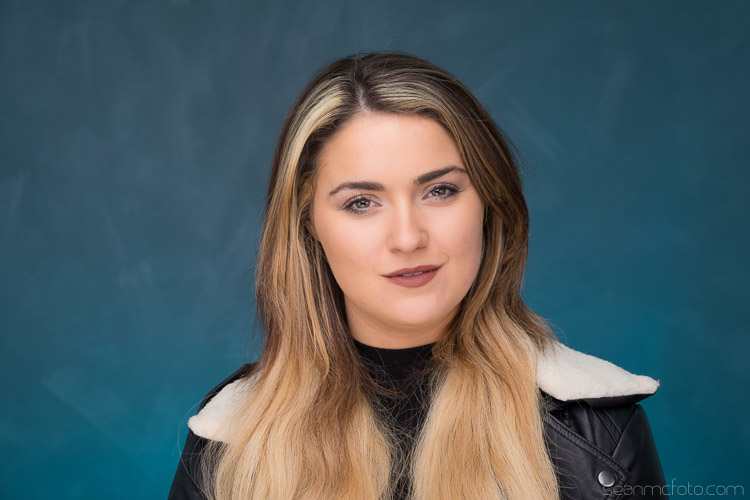

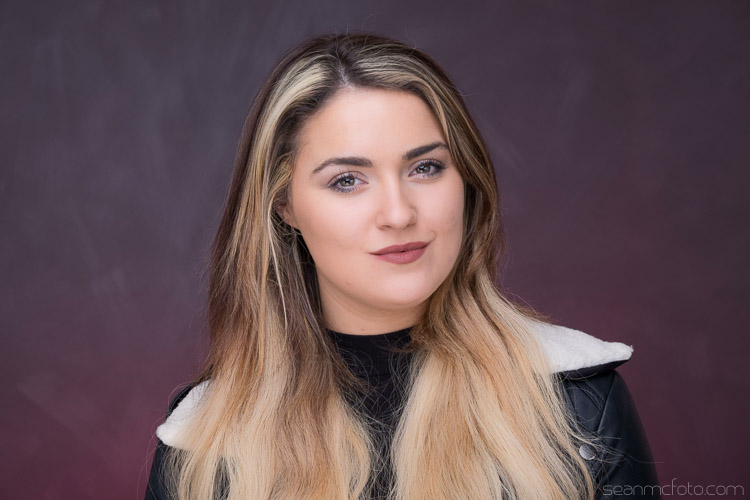
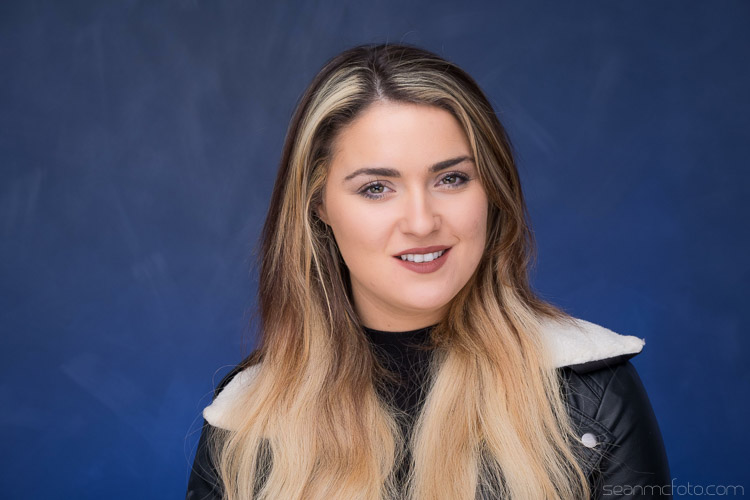


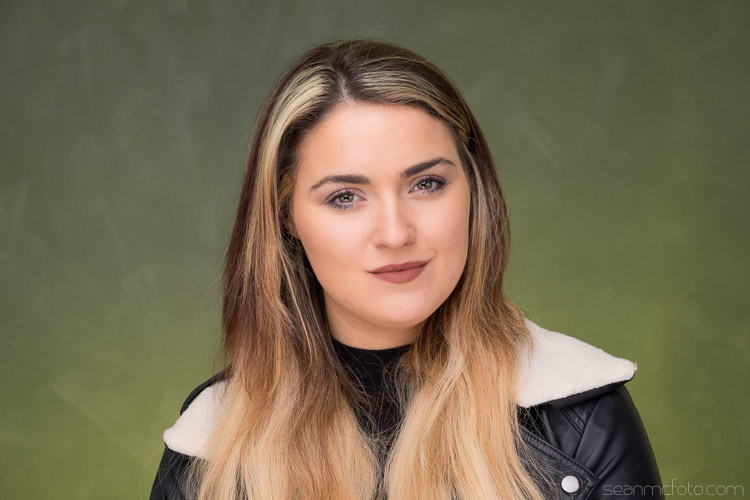

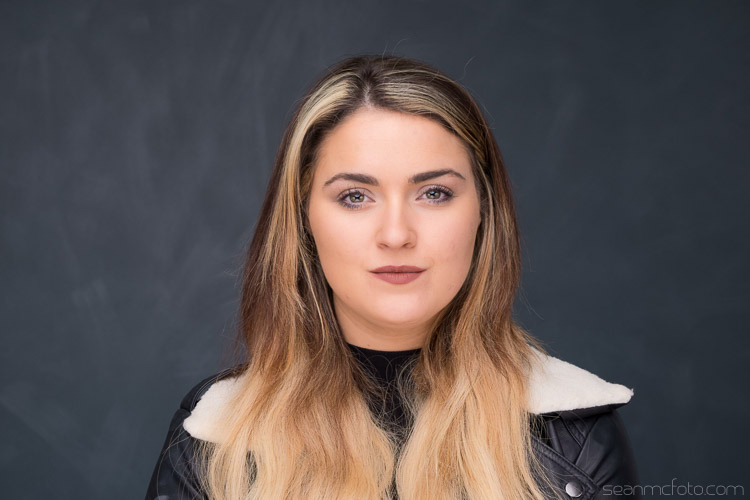
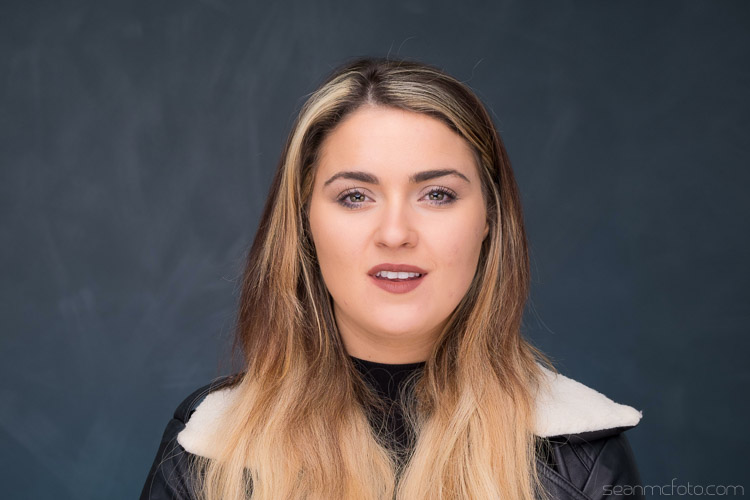
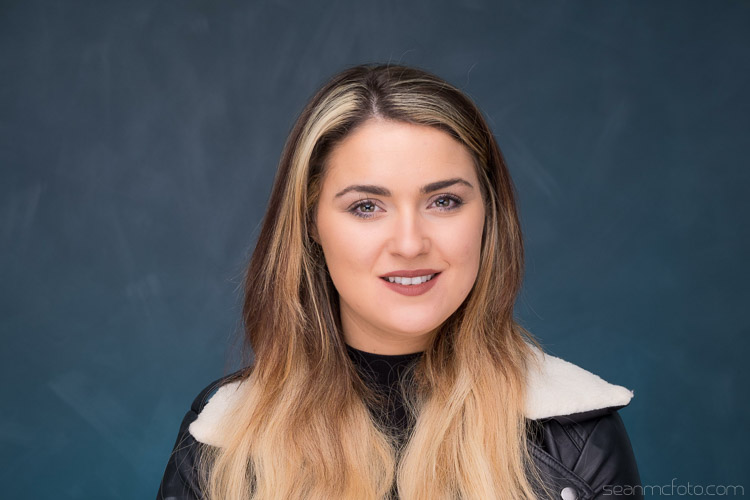
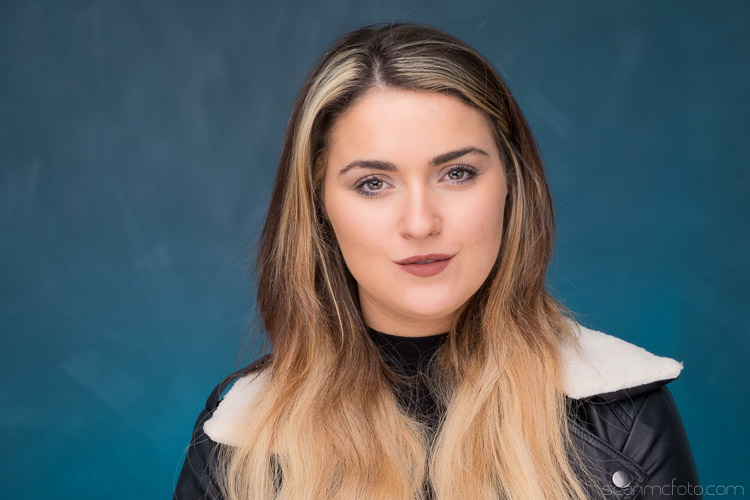
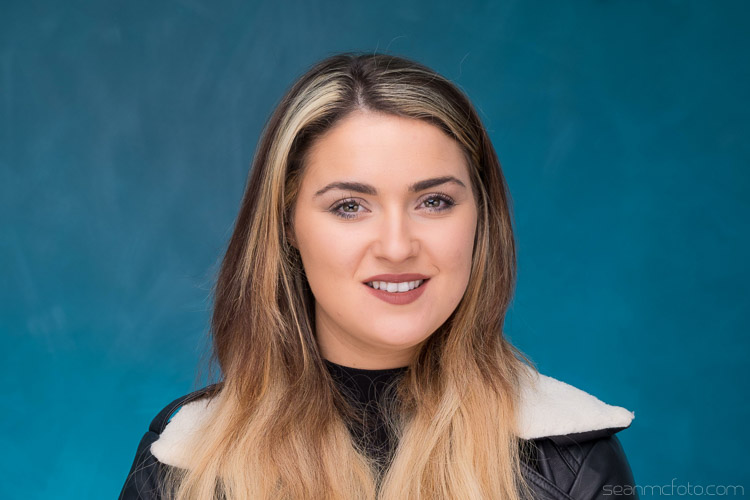
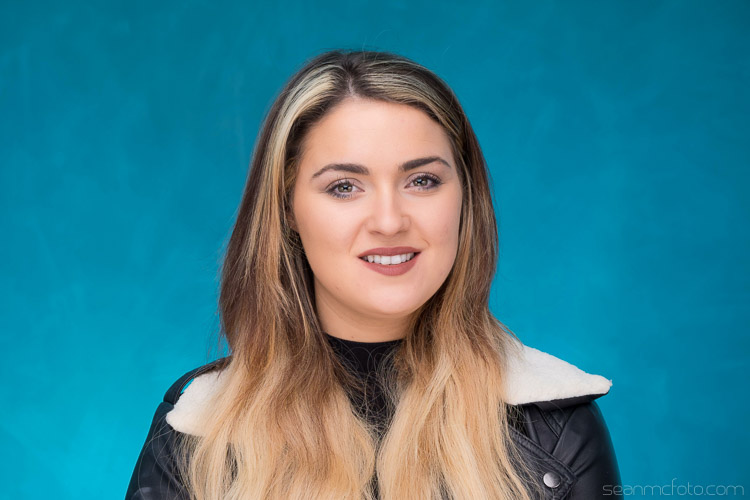
You must be logged in to post a comment.